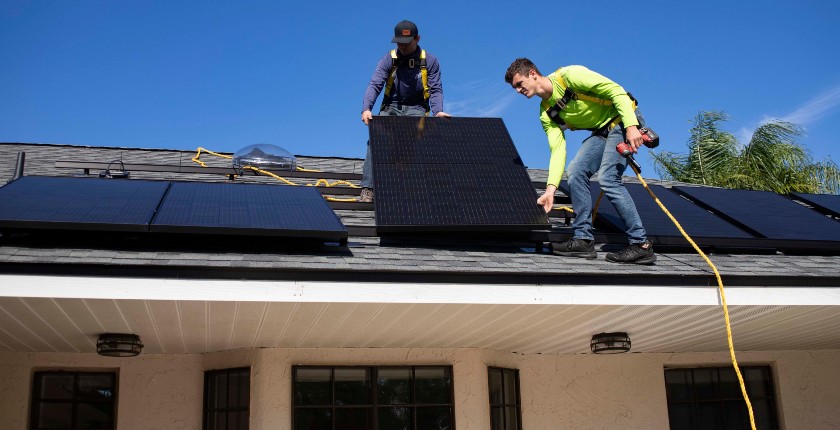
Photo: Raze Solar on Unsplash
There were 23,785 prosumers connected to the distribution grid in Romania at the end of August or 75% more than at the beginning of the year. Regulatory authority ANRE expects the number to hit 30,000 in 2022.
Subsidy programs, policy reforms and investments in smart metering enabled a massive increase in the number of prosumers connected to the distribution grid in Romania. While there were only 303 of them at the end of 2019 and 1,634 a year later, the growth rate now indicates there could be 100 times more by the end of this year!
President of Romanian Energy Regulatory Authority (ANRE) Dumitru Chiriţă estimated that the number would reach 30,000 by December 31. Namely, there were 23,785 registered at the end of August, which is a 75% increase since the end of 2021.
The number of prosumers in Romania is on track to increase by 100 times in the three years since the end of 2019
Prosumers are therefore one of the most dynamic segments of the country’s electricity system. Of note, ANRE has just simplified the procedure for some applicants.
Installed power surged 151% to 214 MW in the first eight months of this year. Distribuție Energie Oltenia remained at the top of the list according to the number of prosumers in its zone, 4,325. The overall capacity of their renewable energy facilities is 34.8 MW. On the other hand, the firm’s competitor E-Distribuţie Muntenia has a stronger prosumer network, 35.9 MW, with just 3,295 units.
Households, institutions and firms with the prosumer status had 214 MW in combined power capacity at the end of August
When households, businesses or institutions have a power source for their own consumption, usually photovoltaics, they are called prosumers as they both produce and consume electricity.
In a stricter sense, prosumers use power from the grid when they produce too little for themselves while they deliver excess energy to the network when the output is too big for their needs. In the latter case, home batteries or electric vehicles can become an important part of the equation, especially when there is an option to sell the surplus at a higher tariff.

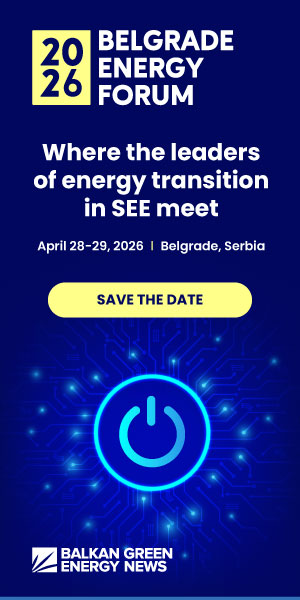
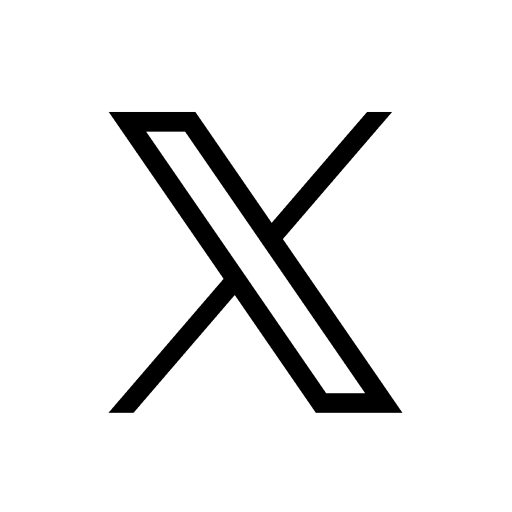


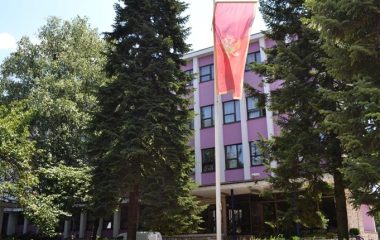


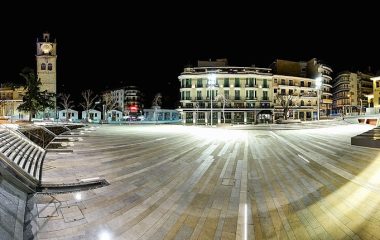
Be the first one to comment on this article.